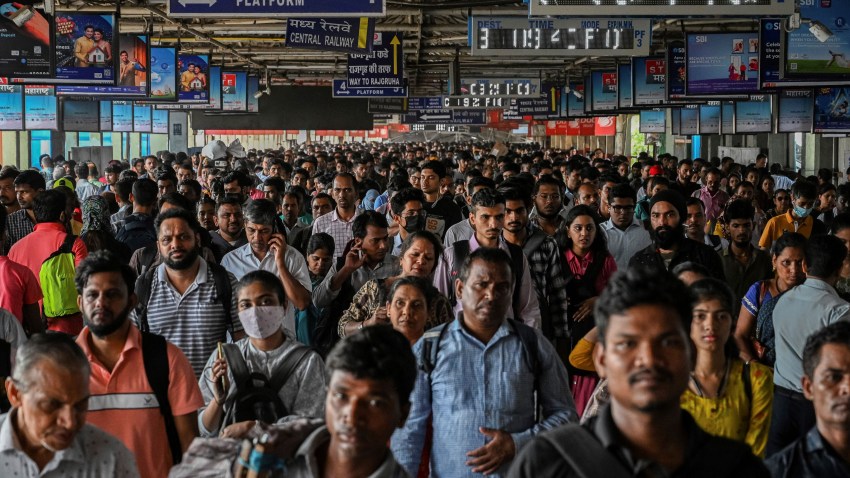Last month, the United Nation’s Population Division projected that India will overtake China to become the world’s most-populous country by the middle of this year. That would mark the first time since 1950, when the U.N. began keeping global population records, that China was knocked out of the top spot. India is already the third-largest economy in the world by GDP adjusted for purchasing power parity, and it was among the 10 fastest-growing large economies last year.
The U.N. population estimate renewed discussion about India’s economic potential, including whether its swelling population could create a major “demographic dividend” that, in turbocharging its economy, would allow India to surpass China on that front as well. But India has a lot of ground to cover if it is to meet those expectations.
One reason for the optimism about India’s economic prospects is that its current economic outlook is virtually identical to what China’s looked like when it began its rapid economic rise more than 20 years ago, in 2000. At the time, China’s GDP stood at $2.77 trillion and its GDP per capita at $2,193 in constant 2015 dollars, while 36 percent of its population lived in urban areas. In 2021, India’s GDP was $2.73 trillion and its GDP per capita $1,937, and its urbanization rate was 35 percent. Over the next 20 years, China’s GDP soared to $14.6 trillion—overtaking Japan in 2010 as the world’s second-largest economy along the way—as its GDP per capita nearly quintupled to $10,358.

